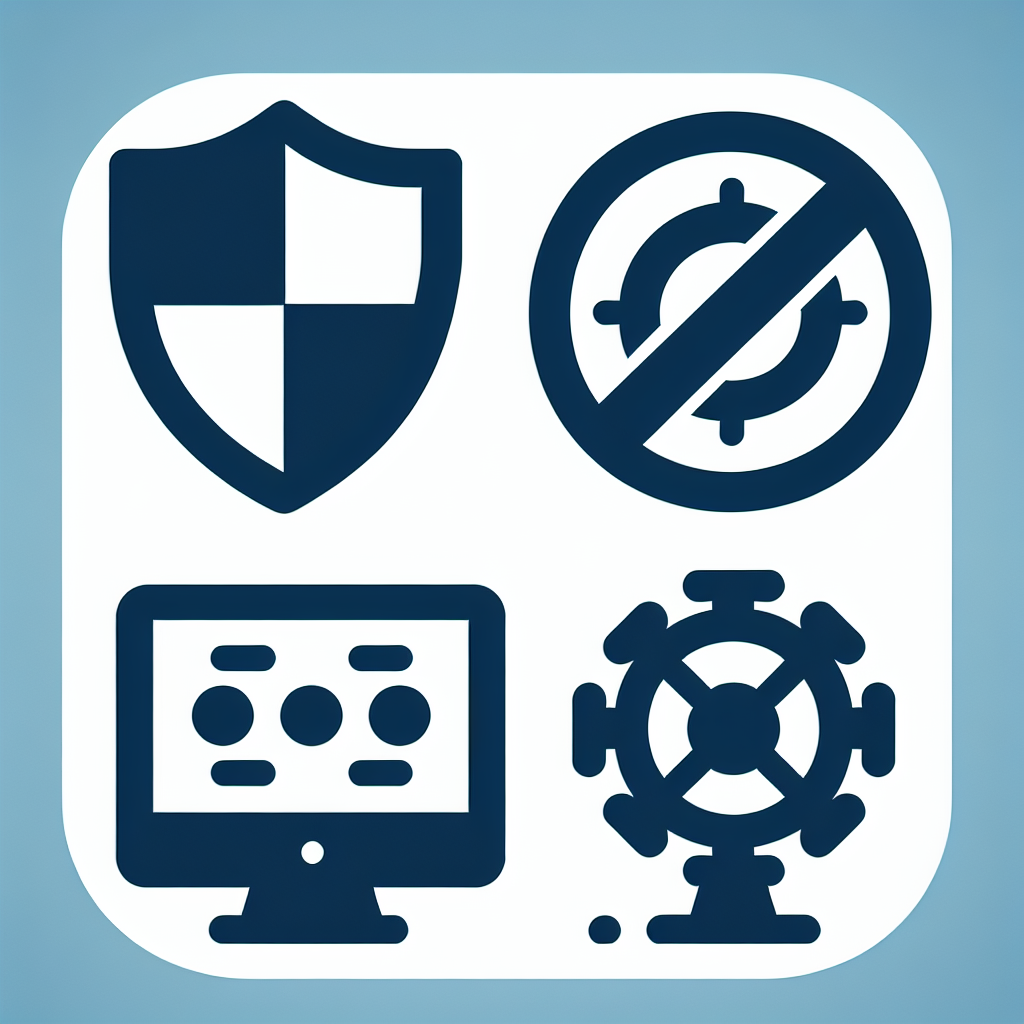
President Biden’s recent ban on Kaspersky requires MSPs to act quickly: organizations using that vendor must transition to approved alternatives within 100 days. This FAQ-style guide explains what MSPs should prioritize, outlines steps to replace Kaspersky, and highlights how Palisade supports smooth transitions for SMB clients.

MSPs and any organization using Kaspersky products must find replacements within the mandated 100-day period. The order targets federal agencies, contractors, and entities deemed at risk by the administration, but the practical effect is broader: many private-sector SMBs that rely on Kaspersky now face immediate exposure and should transition. MSPs managing endpoints or networks that use this software should inventory affected systems, notify clients, and begin migration planning right away.
Start with a rapid inventory and risk assessment—identify every endpoint, server, and client that runs Kaspersky and classify them by risk level. Prioritize high-value targets such as servers, domain controllers, and devices handling sensitive data. Communicate a clear timeline to clients, secure executive buy-in, and schedule replacements to avoid gaps in protection during migration.
Choose replacements based on proven detection rates, centralized management, and vendor transparency—prioritize solutions with third-party validation and enterprise-grade telemetry. Evaluate integration with your RMM and ticketing systems, licensing flexibility for SMBs, and support responsiveness. Test candidate products in a lab or pilot group to verify performance and false-positive behavior before broad rollout.
Plan an orchestrated removal and install process to prevent protection gaps: disable and uninstall Kaspersky, then deploy the new agent and validate policies and updates. Use automation tools where possible to keep rollouts consistent and reduce human error. Monitor post-installation logs and endpoint health for at least two weeks to catch misconfigurations or missed devices.
Lead with the bottom line: explain the ban, the 100-day timeline, and the concrete steps you will take on their behalf. Offer clear choices and pricing options, provide migration dates, and set expectations for any downtime. Provide short, actionable FAQs for non-technical stakeholders and regular progress updates during the rollout.
Layer defenses while you migrate: enable multi-factor authentication, strengthen backup procedures, tighten network segmentation, and increase detection monitoring. Apply principle of least privilege for access controls and verify backups are immutable. These compensating controls reduce the chance of a breach while endpoint protection is being replaced.
Use measurable criteria: telemetry coverage, detection-to-response time, independent test scores, and reduction in false positives. Run live, controlled tests such as phishing simulations and endpoint assays, and measure the security operations workflow’s efficiency. Keep a short checklist for go/no-go decisions during the pilot phase.
Check client contracts and regulatory obligations—some agreements require specific protections or notification timelines in the event of vendor changes. Update SLAs to reflect the migration effort, document decisions and tests, and preserve audit logs to show due diligence. For federal contractors or regulated sectors, confirm adherence to any additional government directives.
The ban is an opening to demonstrate proactive security leadership: offer managed detection, rapid remediation services, and continuous monitoring plans to clients. Use the migration to package higher-value services—security assessments, threat hunting, and resilience reviews—that strengthen recurring revenue and client trust. Showing decisive, expert action differentiates MSPs in a crowded market.
Palisade provides transition playbooks, endpoint alternatives, and hands‑on support to replace risky software efficiently and securely. Palisade’s MDR and migration guidance help MSPs maintain protection without interrupting business operations. Learn more about how Palisade supports MSP transitions at Palisade.